Going back and forth with the benefits MVP provides can be endless. It is truly an irreplaceable product when it comes to development. However, proving that you need to build an MVP as helpful as we describe is impossible without proper examples.
In this article, we will be looking at successful MVP examples. All minimum viable products we will cover stood the test of time and gained a foothold on the market mainly because of the successful MVPs they started with. So, let’s move on.
Reasons to develop an MVP
In short, there’s a myriad of reasons. Here are several you will most likely find suitable in your case.
- Quick idea test. You may have an idea for a product, yet your subjective opinion may not meet users’ needs. Hence, MVP development services tackle this issue by allowing you to minimize costs and quickly launch the product to test its viability.
- Feedback collection. Connected to the previous point, you need a lot of feedback to make sure your product is viable and worth developing. MVP helps with this as it often includes the functionality needed to collect users’ opinions.
- Effective iterations. Instead of building a full-scale product, MVP offers an iterative approach, which is often the most beneficial. Dividing the development into milestones provides flexibility and space for numerous changes along the way. Consequently, after MVP, you can opt for MLP, MMP, and other versions.
Read also: Developing a Minimum Lovable Product. Comparing MVP VS MLP VS MMP
After all, there are many reasons to build an MVP for your product. Some of them may resonate with your product more than others. Thus, it is crucial to figure out the goals for your future MVP at the earliest stage possible.
Successful minimum viable product examples
Now, let’s move to the actual examples. All following products that started with an MVP have grown to successful, full-scale companies. Hence, their examples are essential when it comes to understanding MVP in and out.
Facebook MVP
Nowadays, Facebook is one of the biggest social media platforms in the world, yet it also started with an MVP example. Originally, it was known as Thefacebook.
Obviously lacking in design and functionality, Facebook’s MVP was created to test the idea of connecting students within the same college or class. It provided simple functionality to create boards and post messages on them. This way, it allowed students to communicate and exchange information fast.
The success of Thefacebook was predetermined by its streamlined approach. It quickly captured students’ attention and became viral. Hence, this success paved the way for the addition of subsequent features, design, and optimization.
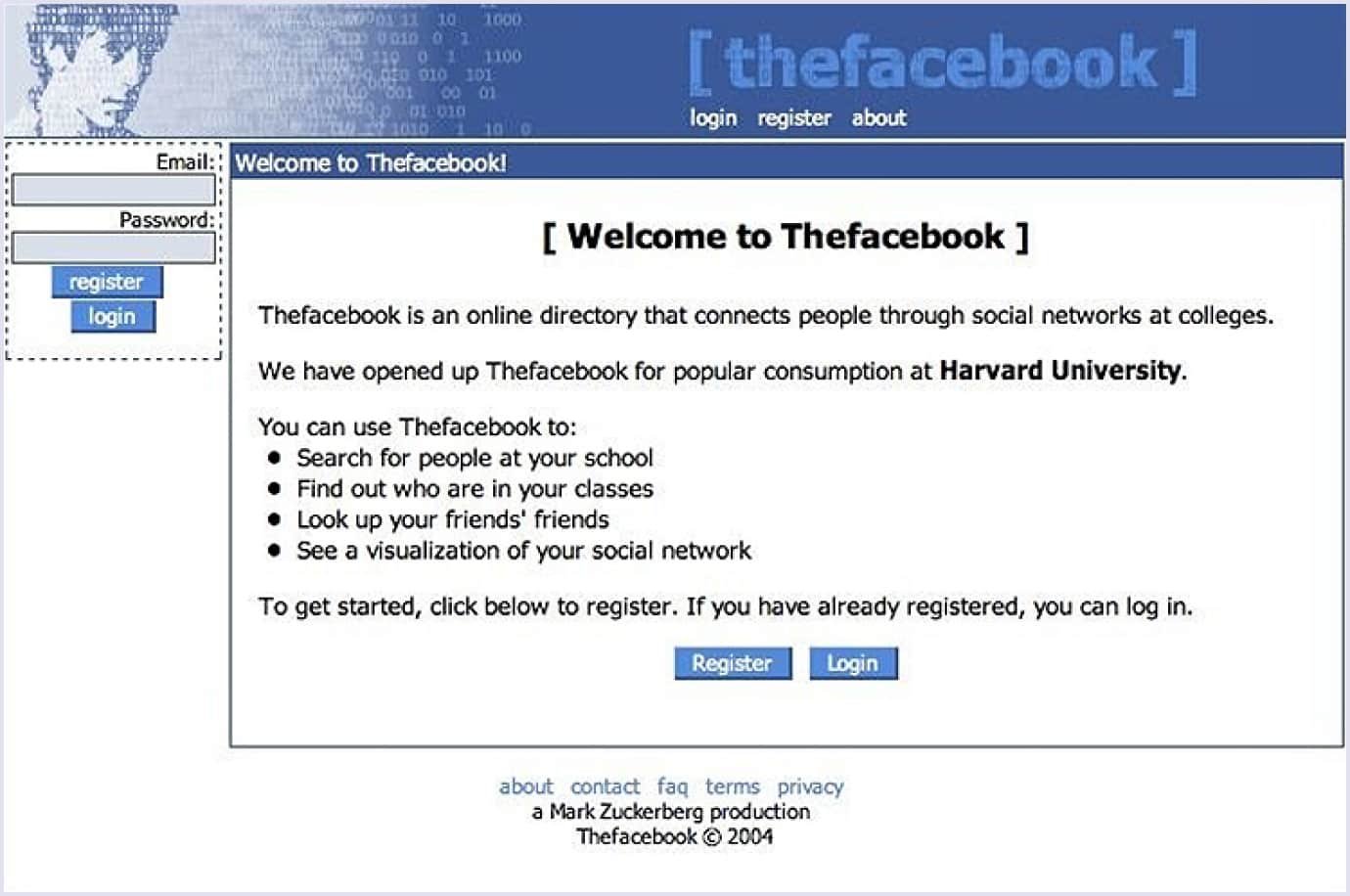
Groupon MVP
When it comes to sweet deals, Groupon is one of the most popular services available today. It offers deals and coupons in numerous industries and for various occasions.
However, Groupon started paving this way with MVP startup, which was even below basic. It began with a basic WordPress site and regularly emailed PDFs to its early subscribers. Notably, this test was successful, and people enjoyed the convenience. This MVP helped Groupon validate the idea and use it as a backbone for creating a full-scale product.
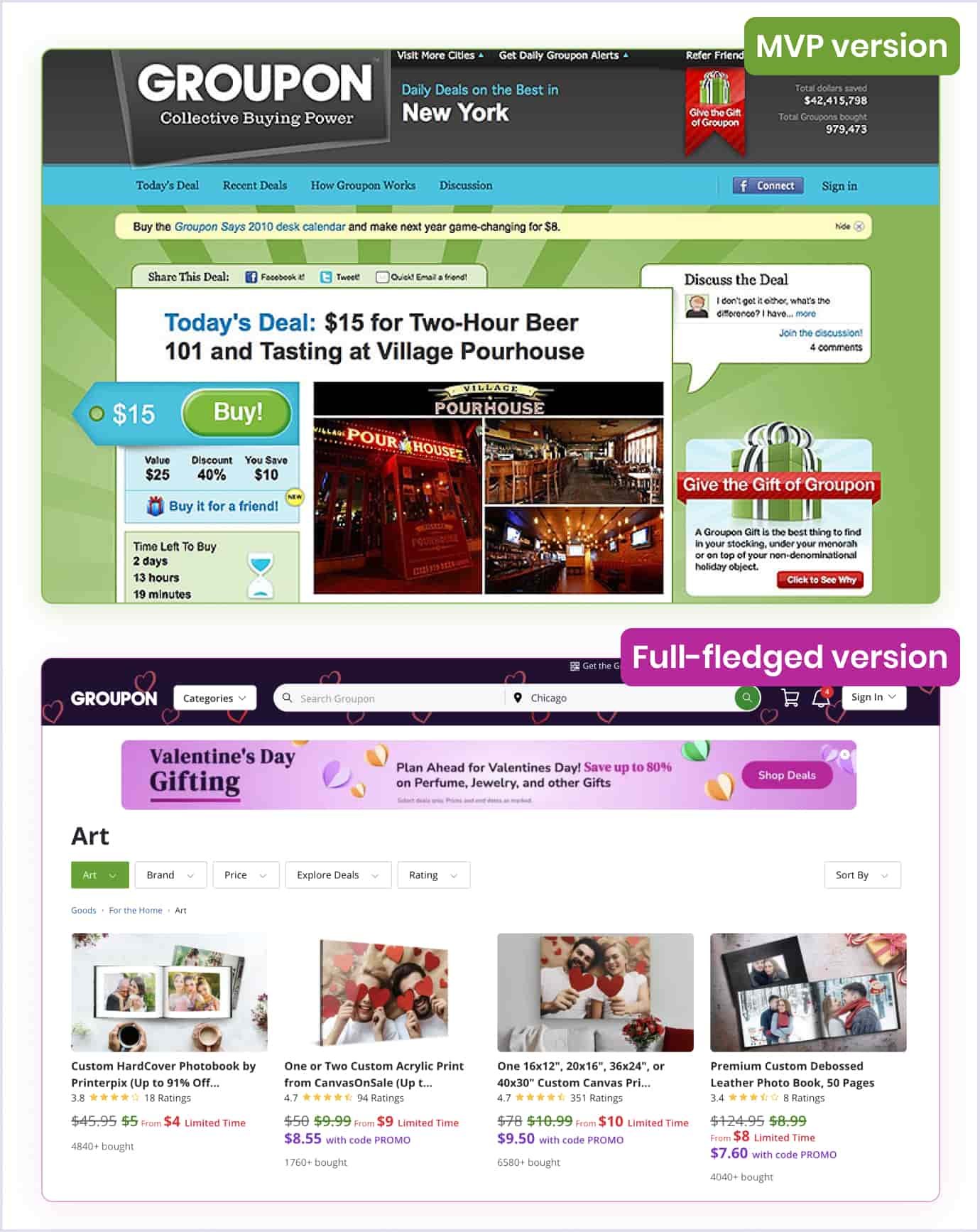
Pebble MVP
Despite a narrow niche, Pebble is an extremely popular smartwatch brand thanks to its unique design. Pebble’s journey started from Kickstarter, a crowdfunding platform.
Thanks to the unique proposition and design, Pebble managed to raise an impressive $10 million.
This success continued with the Pebble Time, which raised over $20 million in 2015. While Pebble exited the market last year, its millions of sales underscored the fact that not everyone prioritizes having the fastest and most advanced technology.
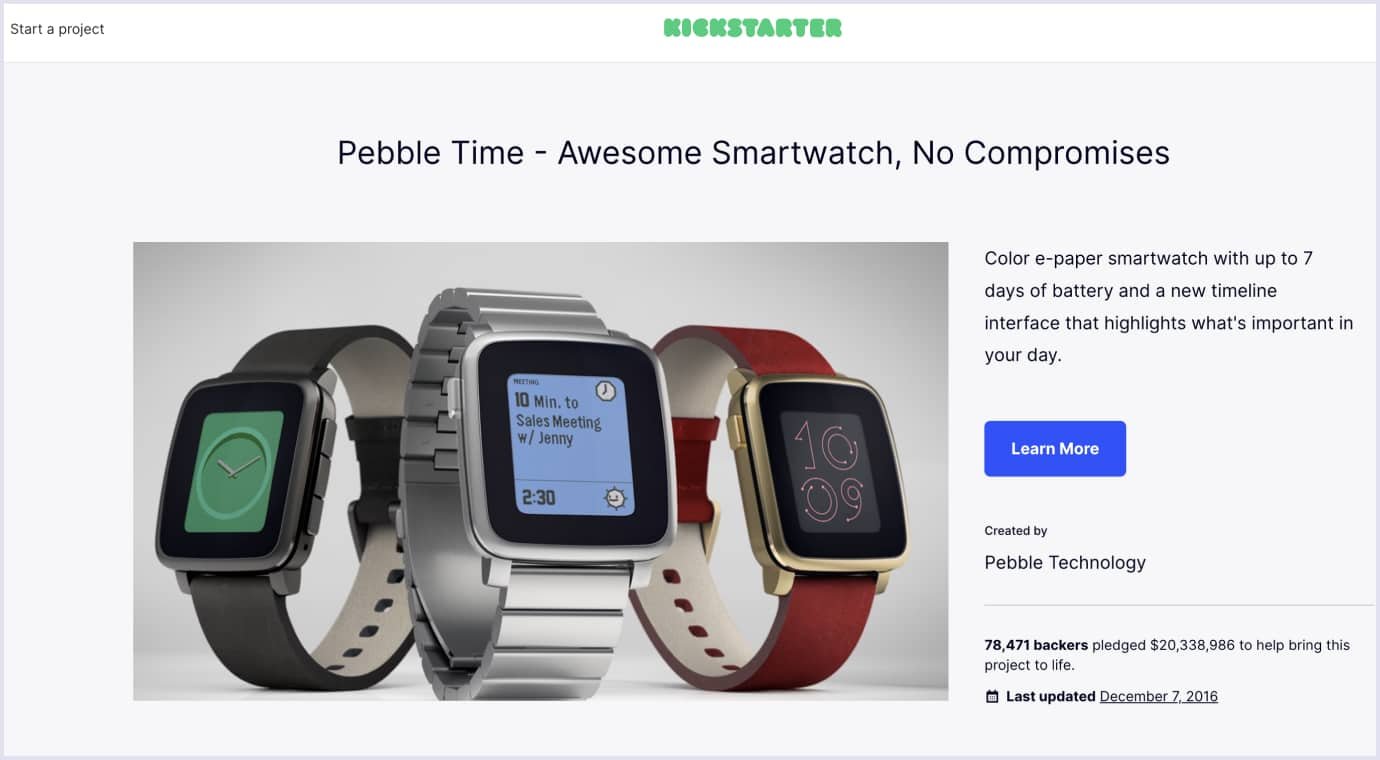
Amazon MVP
Today, people not familiar with Amazon are extremely rare. In fact, this platform is the go-to choice when it comes to purchasing anything literally anywhere.
Yet not everyone knows that this marketplace started off as MVP in the form of a book-selling platform. It featured a very simplified web design and prioritized users who look for books at competitive prices. After all, users liked the idea, and in 1994, Amazon laid the foundation for its exponential growth and began changing towards a retail corporation.
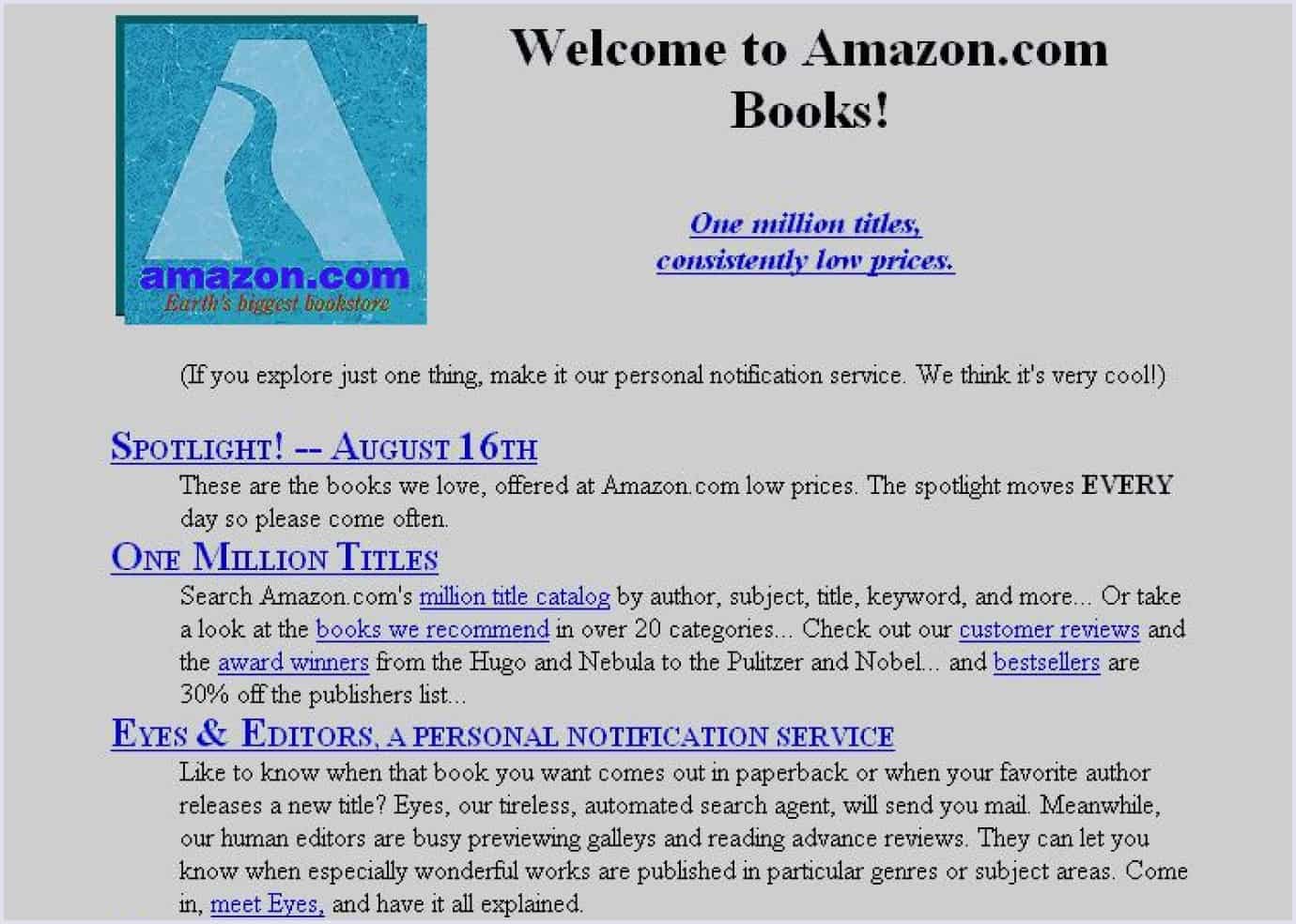
Airbnb MVP
Among other rental marketplaces, Airbnb is known as one of the most trusted platforms. Its success lies in its unique core idea about eliminating any intermediaries between a client and a property owner.
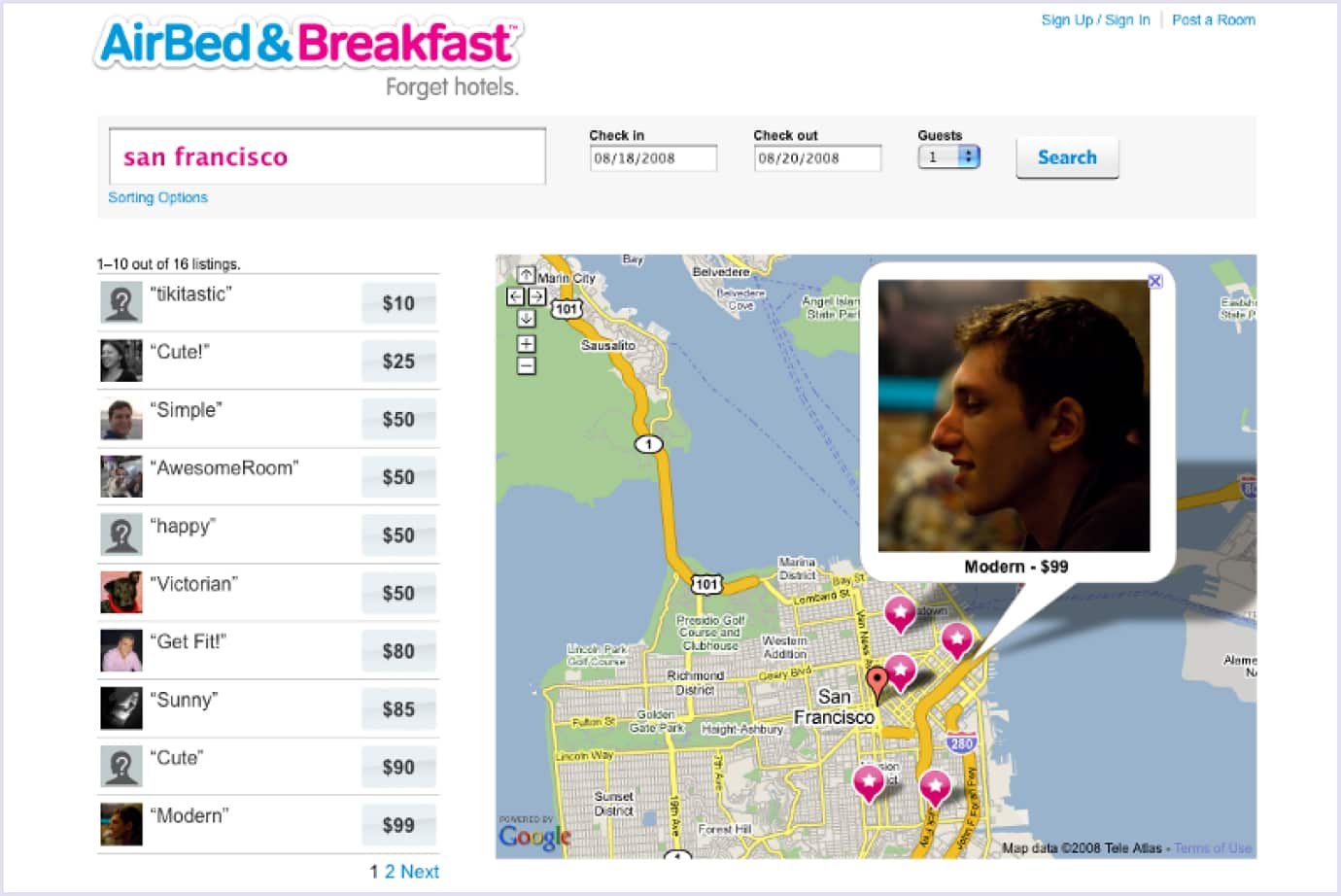
The idea for the platform was started by founders Brian Chesky and Joe Gebbia, who had issues with property bookings themselves. To test the idea, they created an MVP example that provided accommodation for attendees of a design conference, showcasing their loft through a few photos and a basic webpage. Predictably, early users liked the idea and helped Airbnb to grow organically.
Read also: Top 15 Online Marketplace Trends to Watch Out for in 2024
Uber MVP
The story of Uber we know today started in 2010. Its minimum viable product had a simple idea to connect iPhone users in San Francisco with drivers willing to perform a ride.
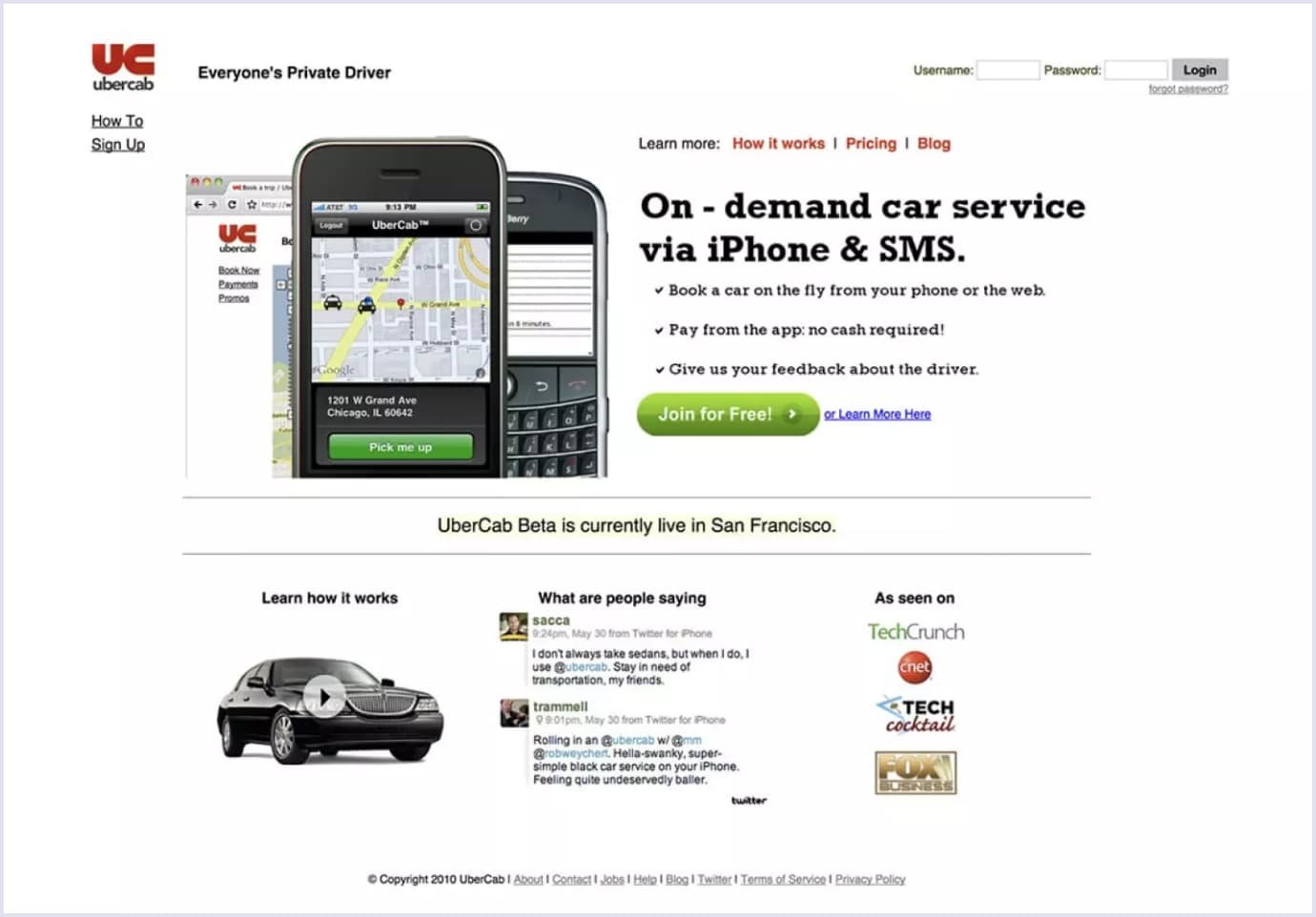
Thanks to the simple functionality and well-communicated purpose, Uber has seen significant growth after the MVP. After all, it fulfilled its primary goal of providing taxi services at affordable rates.
Etsy MVP
Among all gigantic marketplaces, Etsy is a well-established leader, along with Amazon, eBay, and others. The trio of founders had the idea that a group of sellers could attract more buyers than individuals selling on their own. In just two and a half months, the founders created the first MVP in 2005.
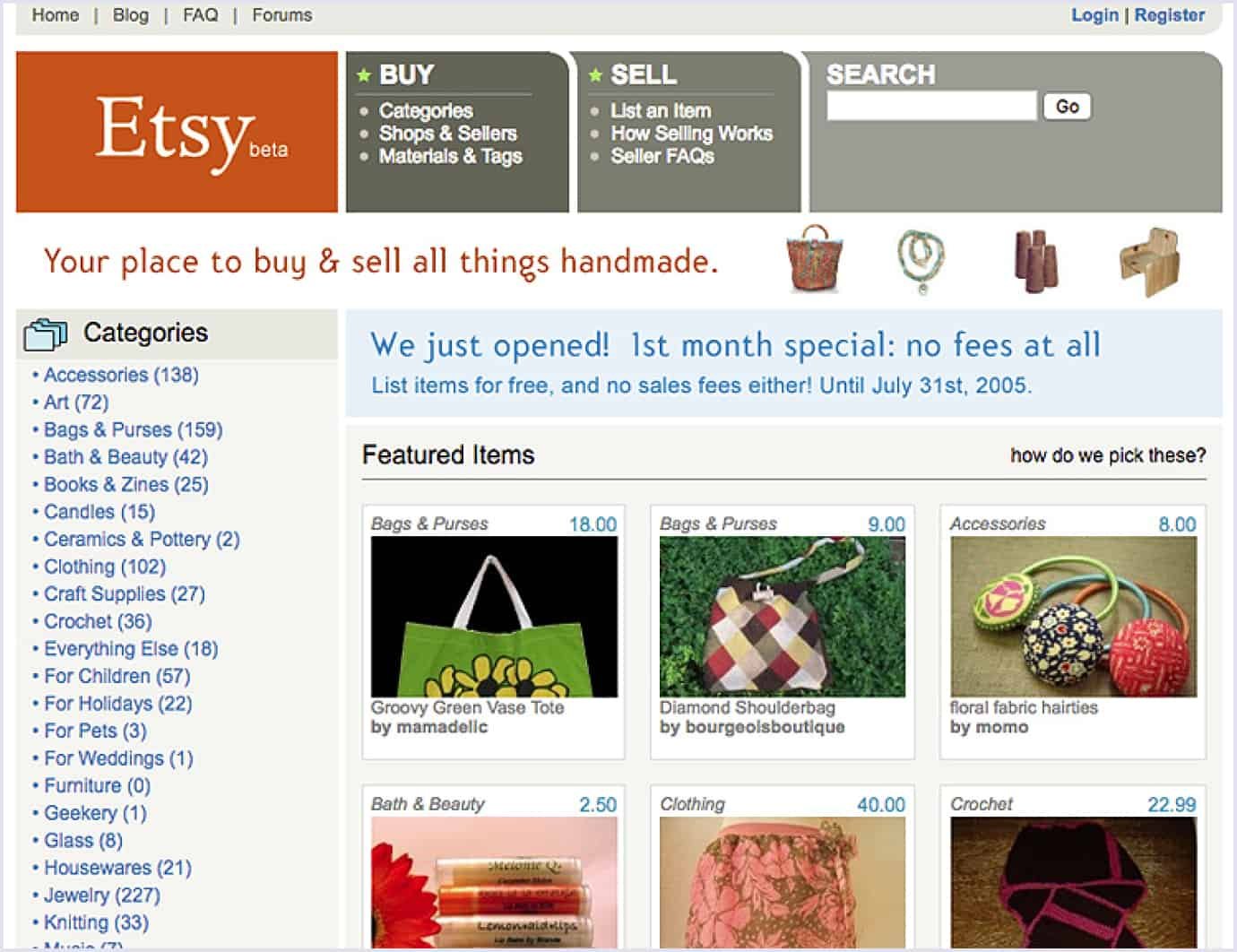
In the MVP example itself, Etsy focused on individual crafters with their unique offerings. Hence, the platform paved the way for such specialists to become noticed and receive an increase in their orders. Summing up, Etsy found a niche that eBay overlooked and used it to its advantage.
Waze MVP
Despite fierce competition in the industry, Waze found a place under the sun with its unique concept. In its MVP product example, Waze leveraged crowdsourced data instead of solely offering maps, enabling real-time traffic updates, which has proven irreplaceable today.
Waze’s MVP paved the way to success mainly because of this feature. With this MVP, Waze greatly emphasized communication, creating a solid early adopters community around the app.
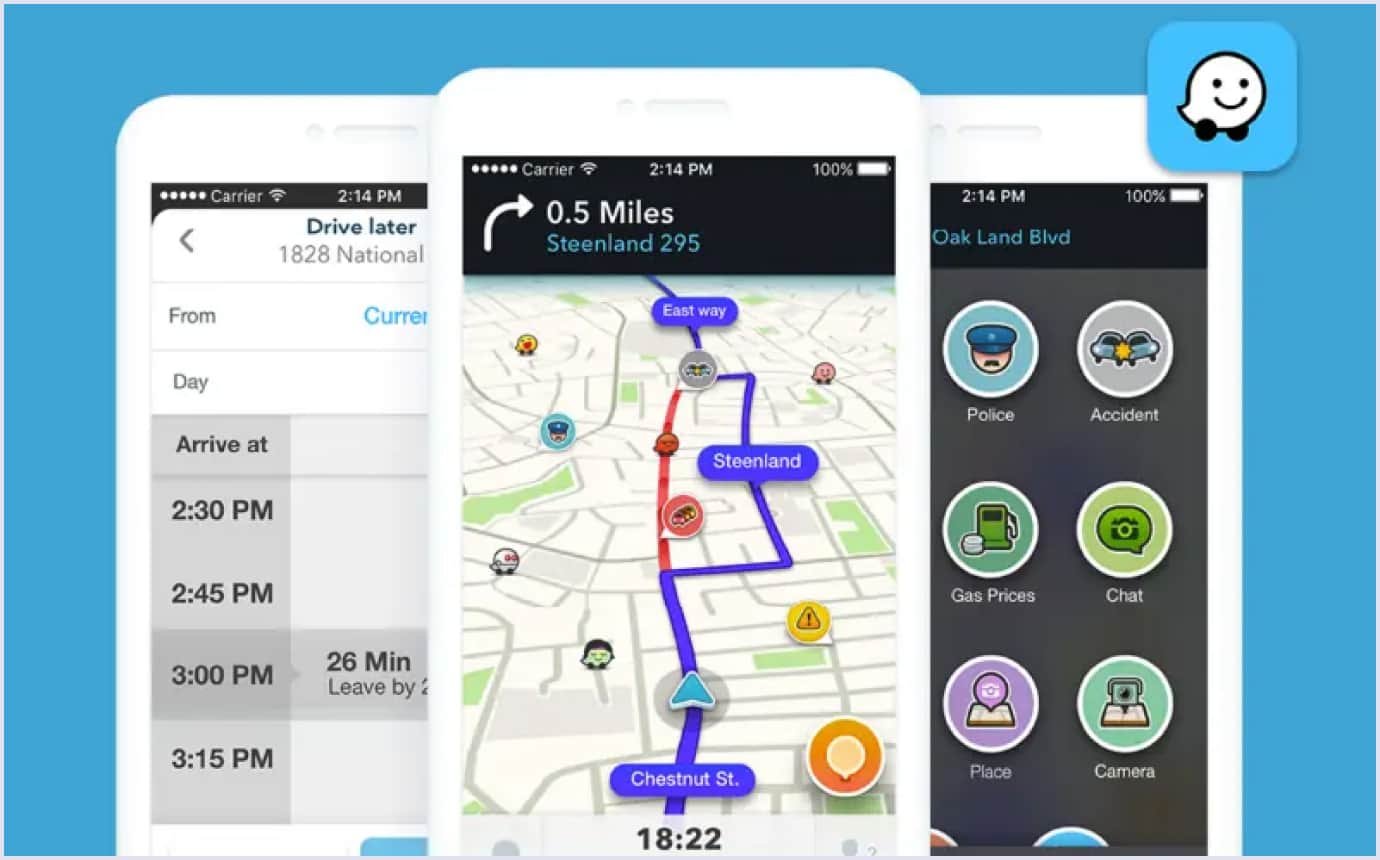
With time, the audience grew, while the accuracy of shared data on the app improved, enhancing the overall experience. In the aftermath, Waze became what we know today, a globally known app with millions of active users.
Foursquare MVP
Foursquare, a social media platform, is a bright example of MVP’s advantages. With previous experience in the niche, two founders released an MVP for their idea.
Following the concept, an MVP was simple and included limited functionalities where users could check in at various locations and earn badges as part of the gamification process. Consequently, they grew a user base and gradually added additional features that evolved the product into a comprehensive city guide.
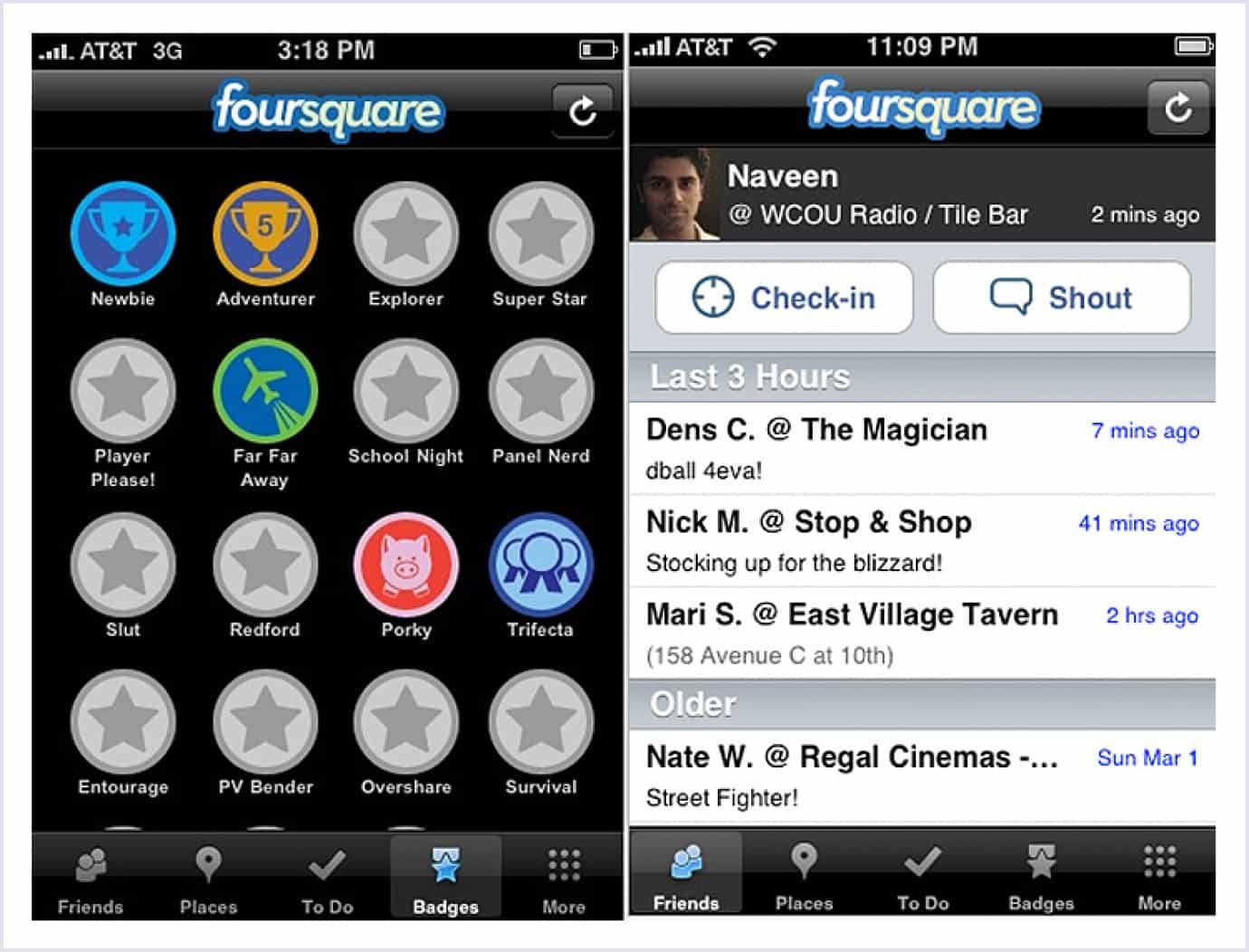
iPhone MVP
Despite being one of the most popular products today, iPhones had a long growth experience. However, it started with an MVP as well. The original iPhone, 2G, was introduced in 2007 and lacked literally everything.
Users couldn’t copy and paste text, create emails easily, connect Bluetooth devices, etc. Basically, at that time, Steve Jobs tried to sell the idea of future Apple smartphones, but not a real product. Despite an unpromising presentation, Apple stood close to the curve they chose and released iPhone 3G, 4, 4s, and consequent versions, all of which were some of the best in their respective generations.
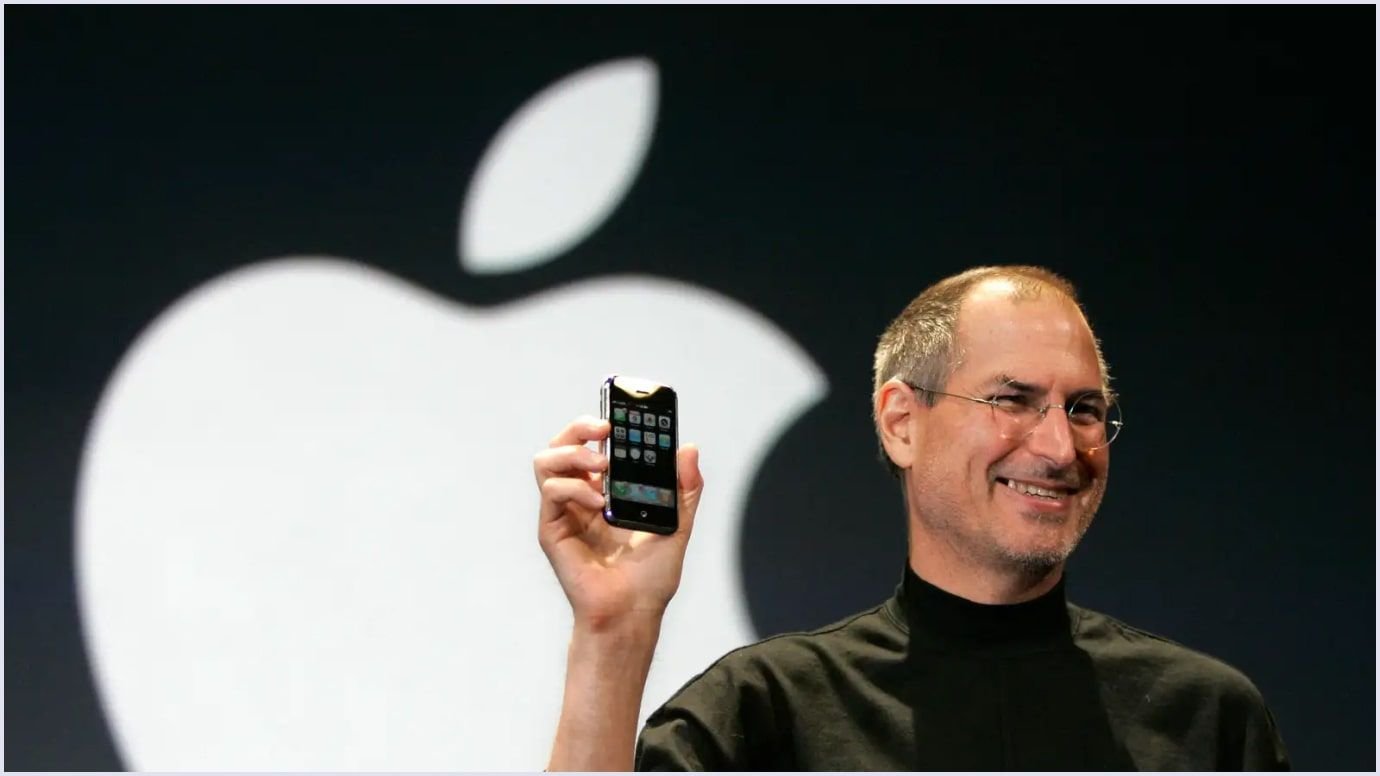
With this example comes a valuable lesson. Market research and core functionality prioritization are crucial in MVP. They allow you to see what users need, want, and will like in the long run.
Duolingo MVP
Another attention-worthy MVP project example is Duolingo and its approach. The core idea of Duolingo MVP comprises several aspects. For instance, the app initially was and always is free so that everyone can download it. Additionally, Duolingo emphasized gamification while delivering substantial learning value to users. Here’s a TED Talk by Luis Von Ahn, the founder of Duolingo, explaining how they made learning as addictive as social media.
Therefore, this approach granted Duolingo a massive user base within weeks. Nowadays, it is the most popular language-learning app, surpassing millions of users yearly and with a valuation exceeding $2 billion.
X MVP
Another popular social media app, X (ex-Twitter), began as an MVP as well. It started in 2006 as a side project of a podcasting tool for Odeo. However, the project wasn’t successful and required a revamp.
The early iteration of X was called "twttr" and worked just like an internal messaging tool for the Odeo team. It allowed them to send short messages.
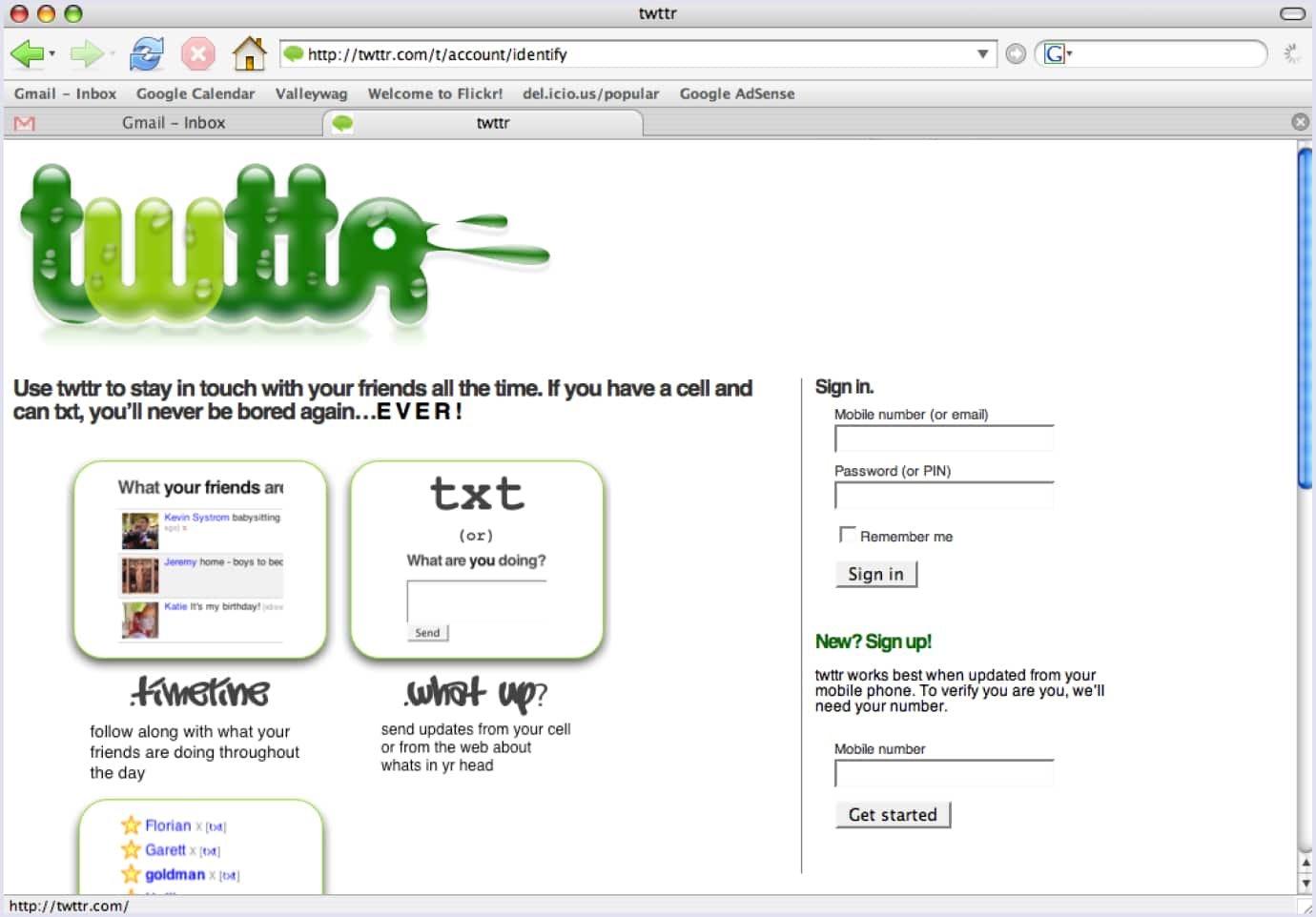
Fortunately, the team liked the concept and kept using it. In the aftermath, they decided to scale the product and published the initial version of Twitter, which became what we know today.
Spotify MVP
Spotify is another perfect example of how effective it is to focus on a singular core feature in your MVP. Initially, Spotify didn’t have any of the features we know except for music streaming. No friends lists, radio, podcasts, etc.
Starting with a desktop application, Spotify offered a freemium that greatly resonated with the audience. After that, Spotify gradually introduced new features, expanding its presence internationally and becoming one of the most popular music streaming apps ever.

Tinder MVP
Initially, Tinder was a straightforward mobile dating app. Its MVP had basic functionality, and all Interactions were limited to expressing interest or disinterest via buttons.
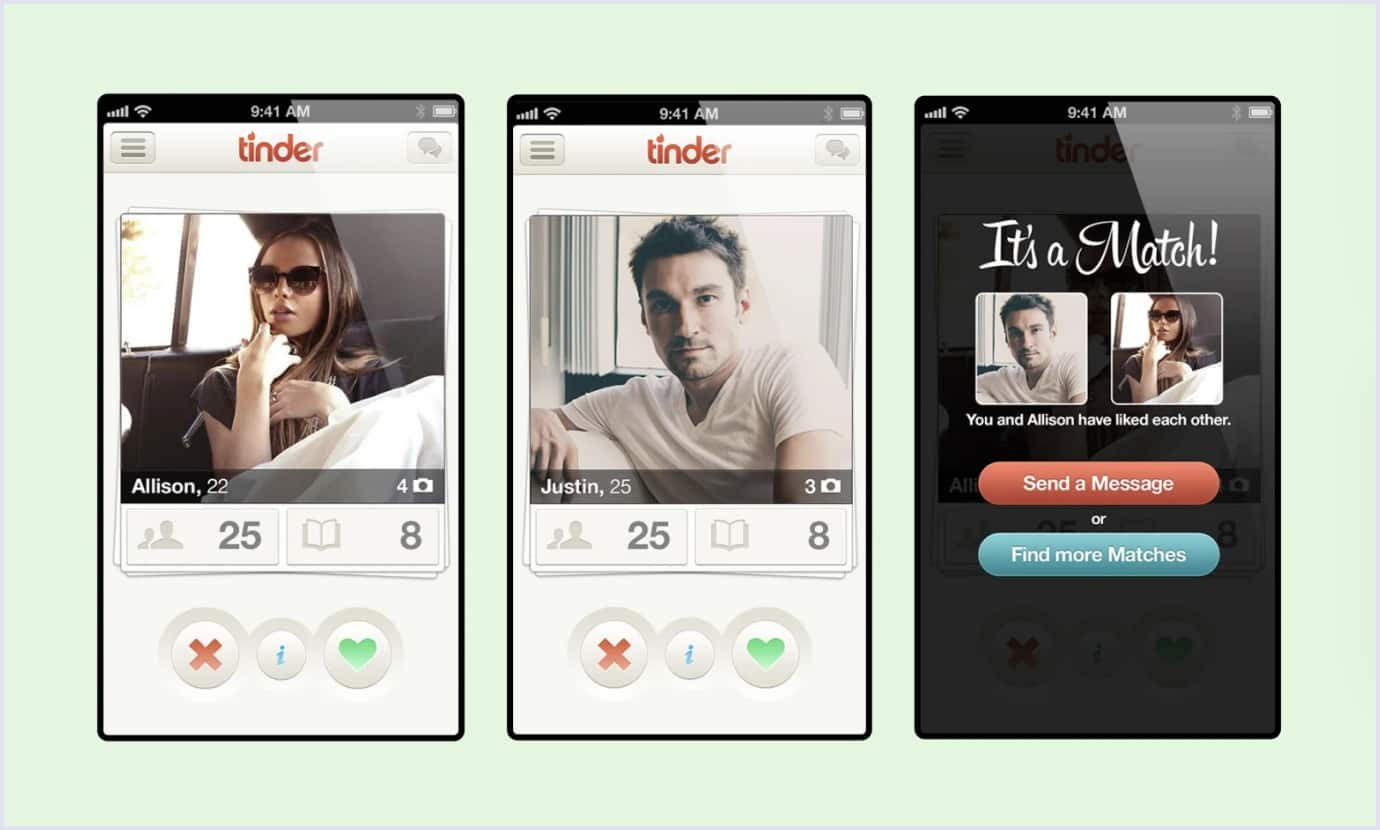
As Tinder’s popularity grew over time, the platform introduced several enhancements to engage further users, including the iconic swiping feature we all know. Additionally, Tinder introduced third-party integrations, as well as a premium subscription known as Tinder Gold.

TikTok MVP
Being one of the most trending social media apps with nearly a billion users, TikTok also started as MVP. Initially, TikTok’s MVP was embodied in an app called Musical.ly, a straightforward 15-second video-sharing platform distinguished by a watermark. This watermark piqued curiosity when shared elsewhere, prompting a surge in downloads.
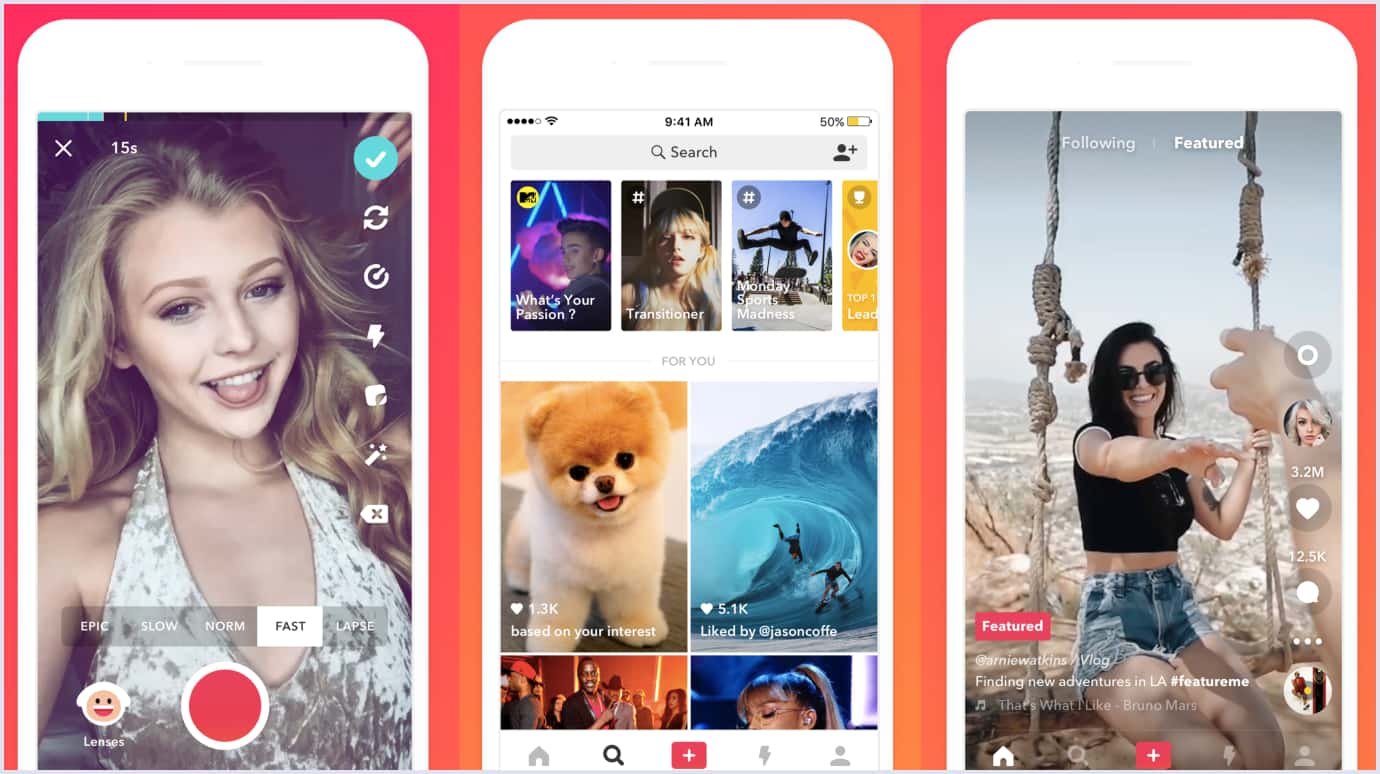
In the aftermath, over time, Musical.ly evolved into the TikTok we know today. It became a great example of how a thoughtful design and a user-centric approach can boost interest in the product, creating a huge initial user base.
A final note on MVP examples
Observing leading MVP examples provides a lot of insights. Following their practice, we can conclude that making a successful MVP is a lot of effort, yet it is doable with the right approach.
For instance, do not overcomplicate the app. Make it like Spotify, featuring the only feature the app was created for. Try offering something unique like Airbnb did. Additionally, test your ideas, create different iterations, and see how people react, as it is what made Facebook, X, and TikTok so successful.
To create a thriving MVP, you have to know the concept from the inside, learn how it works, and what users love. At Codica, we regularly highlight everything you need to know about MVP. Thus, feel free to refer to our blog and contact us if you already have an idea for a game-changing MVP.
